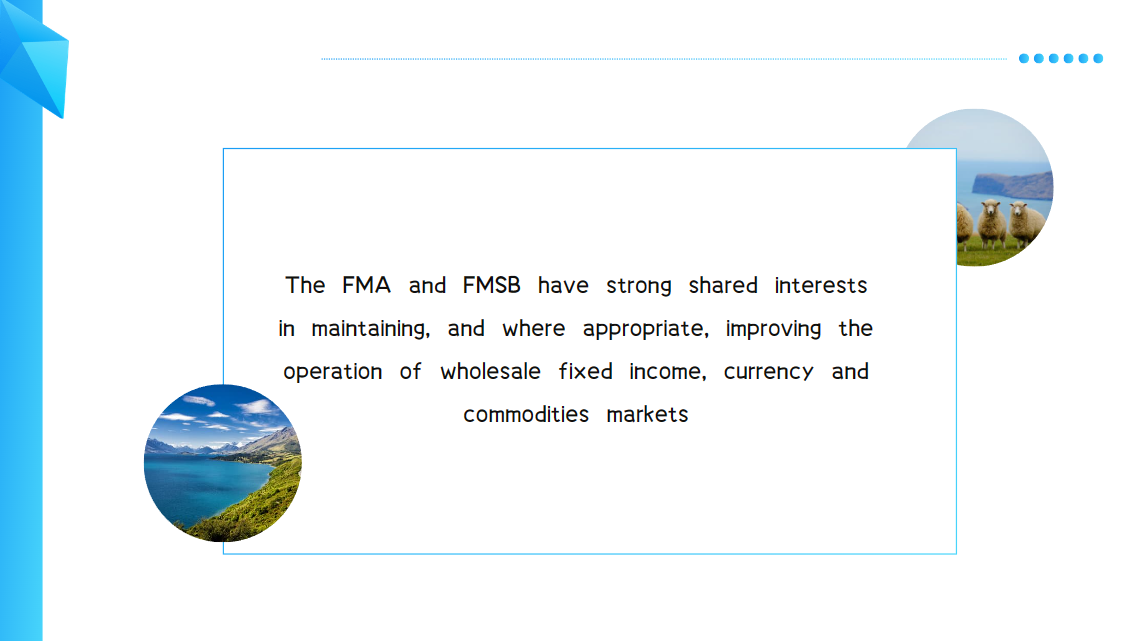LVR restrictions have added to resilience
This analysis was produced for a study group set up by the Bank for International Settlements (BIS) to reflect on the lessons from the use of macroprudential policies to mitigate housing-related risks. The New Zealand experience was looked at alongside the experiences of many other jurisdictions. A summary of the overall findings is available on the Bank of International Settlements (BIS) website.
Housing-related risks are a major focus for us at the Reserve Bank given their relevance for financial stability. Mortgages make up more than half of bank lending and household debt is high compared to many other developed economies.
Prior to implementing LVR restrictions in 2013, higher-risk lending was building on banks’ balance sheets. This meant the banking sector was becoming increasingly vulnerable to housing risks, including house price corrections.
LVR restrictions have complemented other prudential policies in building greater resilience in the financial system over the past decade. They have strengthened households’ equity positions and reduced potential losses for the financial system.
We have also included a box focusing on our experience with macroprudential policy during the COVID-19 pandemic. This period again highlighted the value of having a tool available to contain debt-servicing risks. We are continuing to prepare a debt-to-income (DTI) tool and banks have been asked to be operationally ready for a DTI restriction next year.























































First, please LoginComment After ~